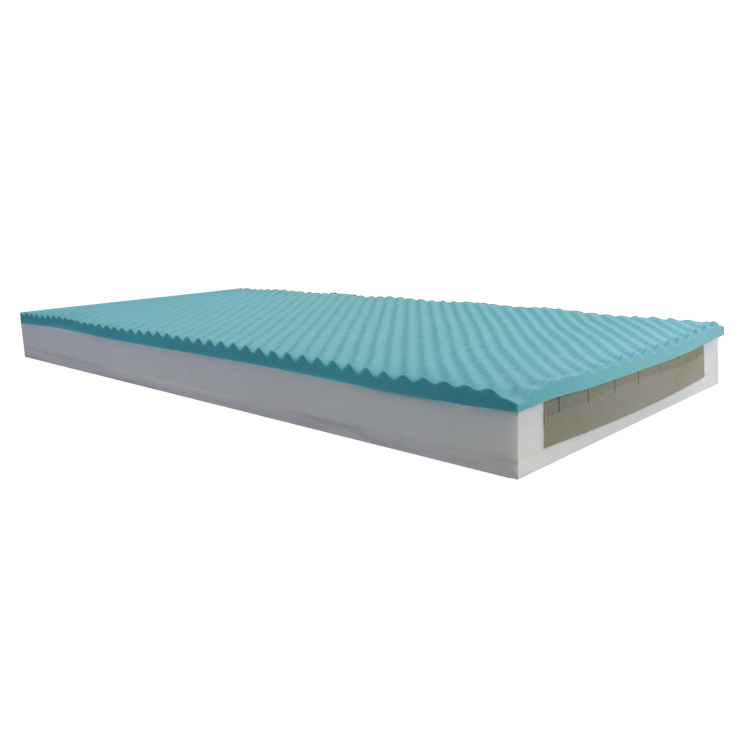Impact of Wave Anti-Pressure Ulcer Mattresses on Patient Comfort and Healing in Healthcare Settings
The Impact of Wave Anti-Pressure Ulcer Mattress Companies on Patient Care
Pressure ulcers, commonly known as bedsores, are a significant healthcare concern, particularly for individuals with limited mobility, such as those in long-term care facilities or hospitalized patients. The development of these ulcers can lead to severe complications, including infections and prolonged hospital stays, thus highlighting the necessity for effective preventive measures. Among the innovative solutions available, wave anti-pressure ulcer mattresses have emerged as a critical resource in patient care. This article examines the impact of companies that specialize in wave anti-pressure ulcer mattresses and explores the broader implications for healthcare.
Wave anti-pressure ulcer mattresses utilize advanced technology to redistribute pressure across the body, significantly reducing the risk of skin breakdown. These mattresses are designed with air cells that alternate in inflation and deflation, creating a dynamic surface that adapts to the patient's movements. This feature not only alleviates pressure but also promotes blood circulation, essential for maintaining healthy skin integrity. Companies that manufacture these specialized mattresses play a vital role in enhancing patient comfort and enhancing overall health outcomes.
One of the foremost impacts of wave anti-pressure ulcer mattress companies is their contribution to the reduction of pressure ulcer incidence. Studies have shown that utilizing these specialized mattresses can lower the occurrence of pressure ulcers by over 60%. This is particularly significant for high-risk populations, such as the elderly and critically ill patients. By mitigating the risk of pressure ulcers, healthcare facilities can improve patient satisfaction and quality of life, ultimately leading to better clinical outcomes.
the effect of wave anti pressure ulcer mattress companies

Moreover, the integration of wave anti-pressure ulcer mattresses in healthcare settings can lead to substantial cost savings. The treatment of pressure ulcers is notoriously expensive, involving medical supplies, interventions, and sometimes surgical procedures. By preventing the onset of these ulcers, healthcare providers can avoid these costs, allowing them to allocate resources more effectively. For instance, hospitals that implement wave mattress technology may find that they can reduce their staffing needs for wound care, thereby optimizing their operational efficiency.
Furthermore, companies producing wave anti-pressure ulcer mattresses often invest in research and development, leading to continuous innovation in this field. As technology advances, so does the effectiveness of these products. Many companies are now incorporating features such as temperature regulation and moisture-wicking fabrics that further enhance patient comfort and skin health. These innovations not only benefit patients but also empower caregivers by providing them with better tools to manage patient care effectively.
Patient education and engagement are also essential components of preventing pressure ulcers. Wave anti-pressure ulcer mattress companies often collaborate with healthcare providers to provide training and resources for staff and families. This collaboration ensures that everyone involved in patient care is aware of the importance of pressure management and the correct use of these specialized mattresses. As a result, caregivers are better equipped to monitor patients and implement necessary preventive measures.
In conclusion, the impact of wave anti-pressure ulcer mattress companies on patient care is profound and multifaceted. By significantly reducing the incidence of pressure ulcers, lowering healthcare costs, driving innovation, and enhancing caregiver education, these companies are transforming the landscape of patient care. As the healthcare industry continues to evolve, the importance of protective solutions such as wave mattresses cannot be overstated. Their role in promoting patient safety, comfort, and overall well-being underscores the value of investing in advanced technologies that cater to the needs of vulnerable populations, ultimately leading to better health outcomes across the board.
-
The Effect of Coconut Foam Mattress Breathability and Humidity Regulation on Improving Sleep QualityNewsJul.03,2025
-
How Wave Mattress Systems Improve Blood Circulation During ImmobilityNewsJul.03,2025
-
The Climate-Adaptive Sleep Revolution: Exploring the Benefits of Cooling Gel Memory Foam MattressesNewsJul.03,2025
-
Exploration of the Role of Coconut Foam Mattress in Preventing Bedsores in the ElderlyNewsJul.03,2025
-
Comparing Wave Mattress and Air Mattress: Which Is Better for Medical Use?NewsJul.03,2025
-
Analysis of Comfort and Environmental Performance of Natural Latex and Coconut Foam MattressNewsJul.03,2025
-
Multi-Layer Construction for Enhanced Performance in Gel Mattress PadNewsJun.24,2025

